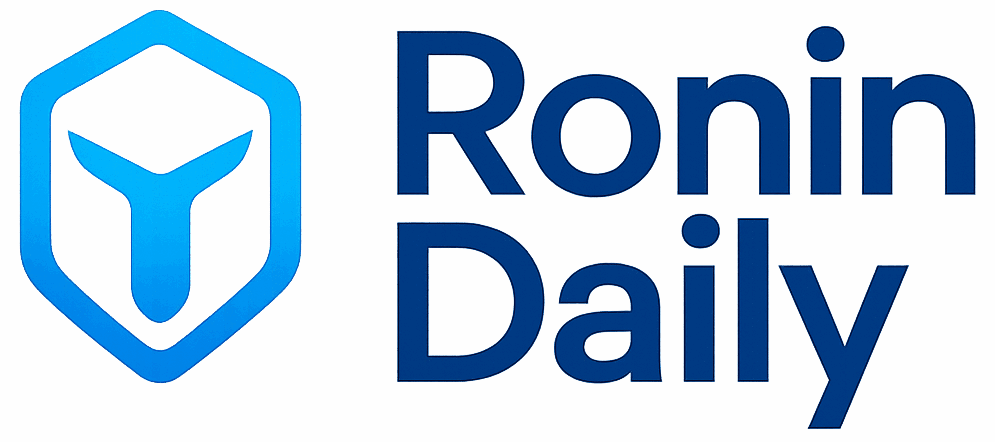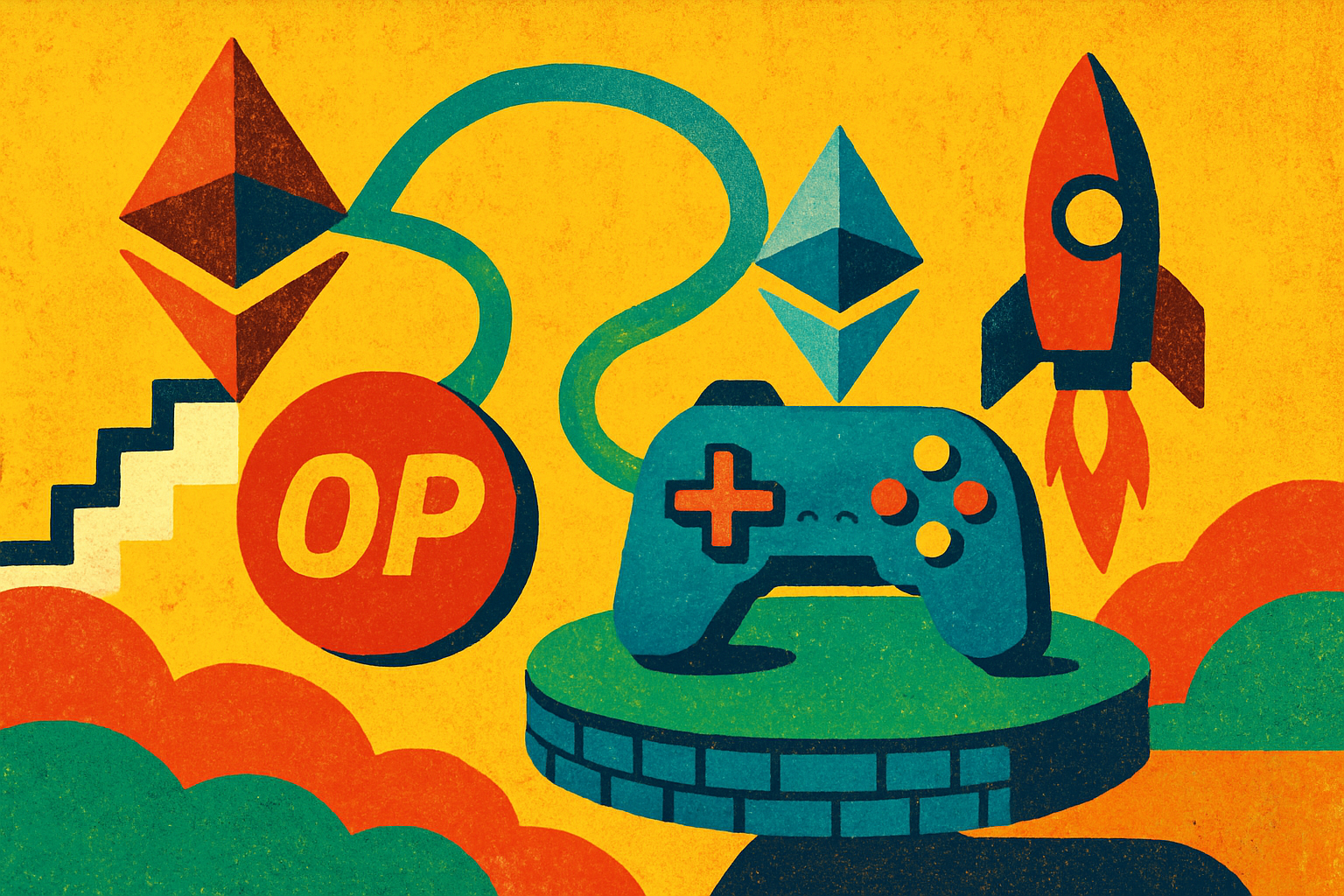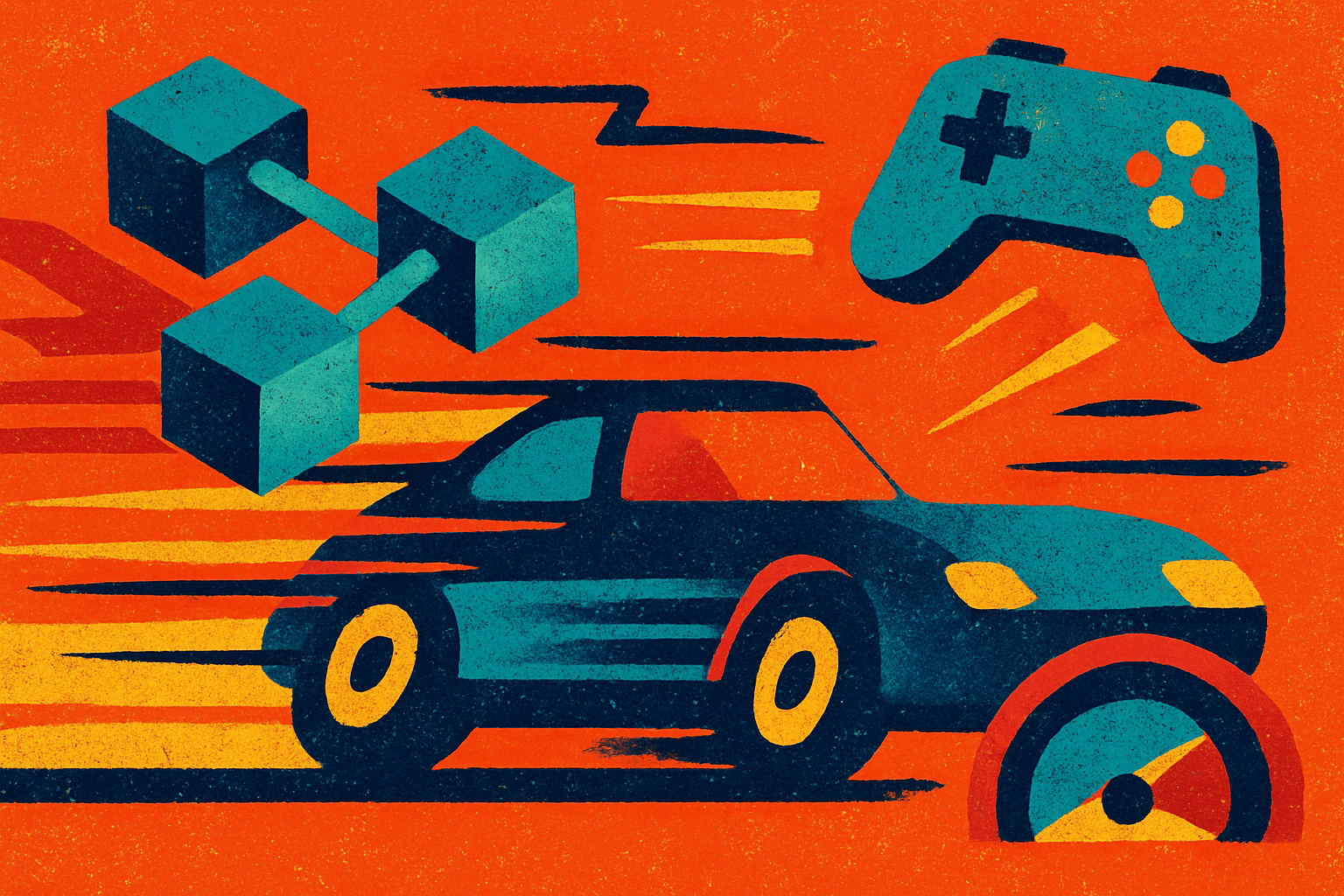
Ronin, once known primarily as a gaming-centric Ethereum sidechain, is now making headlines for its transformation into a high-performance Layer 2 (L2) rollup. This pivot is not just a technical upgrade but a strategic move to redefine blockchain scalability, security, and user experience. As of today, the price of Ronin (RON) stands at $0.3797, reflecting both the market’s anticipation and the network’s evolving utility.
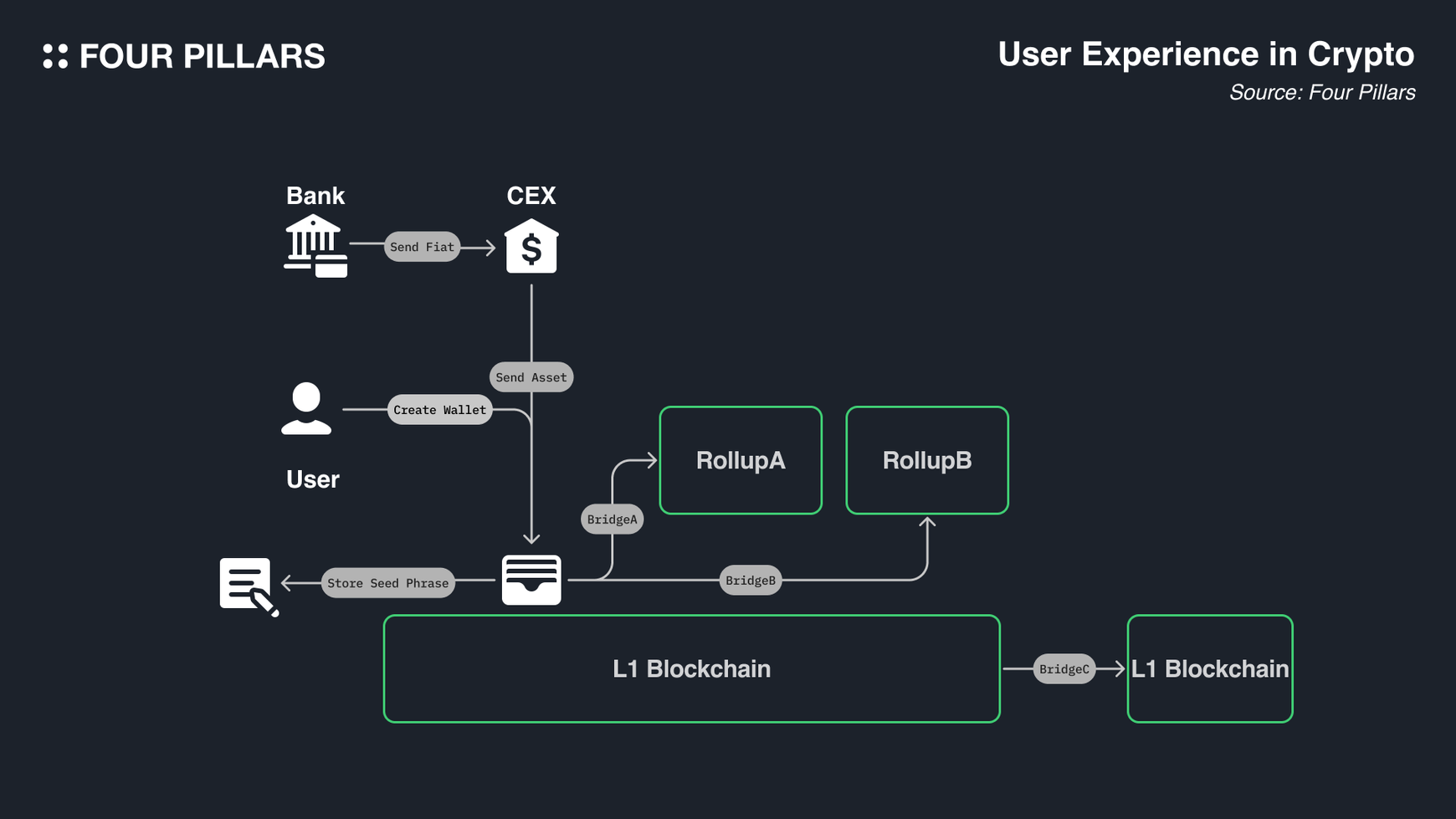
Inside Ronin’s Sub-Second Finality: The Technical Blueprint
Achieving sub-second finality in blockchain is a feat that places Ronin L2 rollups at the forefront of Ethereum-aligned scaling solutions. At the heart of this leap is the integration of Optimism’s OP Stack, a modular, open-source toolkit engineered for building fast, secure rollups. By leveraging this stack, Ronin targets block times between 100 and 200 milliseconds and aspires to process up to 1 million transactions per second, metrics that rival even traditional payment networks.
But how does this work under the hood? The answer lies in three core innovations:
- Optimistic Rollup Architecture: Ronin processes transactions off-chain, batching them before submitting a single proof to Ethereum. This drastically reduces congestion and slashes transaction fees without compromising on security.
- Data Availability Layer: By integrating solutions like EigenDA, Ronin ensures all transaction data remains accessible and verifiable. This is critical for both security and user trust, as it allows anyone to independently confirm the state of the chain.
- Proof-of-Distribution Model: Unlike traditional staking models, Ronin rewards long-term builders and contributors, not just short-term token holders. This new incentive structure aims to foster sustained innovation and ecosystem health.
Each of these advancements contributes to a user experience where transaction confirmations are nearly instantaneous, setting a new benchmark for Ronin scalability benchmarks and developer expectations in Web3.
The Ecosystem Impact: Security, Scalability, and Interoperability
Ronin’s transition to an Ethereum L2 rollup has far-reaching implications beyond just technical performance. By settling on Ethereum’s mainnet, Ronin inherits its robust security guarantees, a significant upgrade from its previous sidechain model. This move mitigates many of the risks associated with standalone chains and aligns Ronin with Ethereum’s broader Superchain vision.
Scalability is another major win. With the ability to handle massive transaction volumes at lightning speed, Ronin becomes a natural home for high-velocity applications, especially in gaming, where user experience hinges on instant feedback. The synergy between low latency and high throughput makes it possible to onboard millions of users without bottlenecks or prohibitive gas costs.
Perhaps most transformative is the shift in economic incentives. The Proof-of-Distribution model prioritizes builders and long-term contributors, creating a more sustainable growth engine. This approach not only attracts serious developers but also ensures that ecosystem rewards are aligned with meaningful participation and innovation.
How Ronin L2 Rollups Compare in the Current Market
In an increasingly crowded L2 landscape, Ronin distinguishes itself through its commitment to sub-second finality and developer-centric rewards. While other rollups experiment with ultra-low-latency appchains or ZK-based architectures, Ronin’s blend of Optimistic rollup technology, robust data availability, and unique incentive structures positions it as a leader in both speed and ecosystem engagement.
At its current price of $0.3797, Ronin reflects not only speculative interest but also growing confidence in its technical roadmap and community vision. As more projects demand high-performance L2 solutions, especially those with gaming or DeFi ambitions, Ronin’s architecture offers a compelling value proposition that stands out from other L2s on the market.
Developers building on Ronin L2 gain access to a familiar EVM-compatible environment, but with the added benefits of rapid finality and lower operational costs. This is a game-changer for projects where user experience is paramount, such as NFT marketplaces, real-time strategy games, and high-frequency DeFi protocols. The ability to process transactions in under a second not only improves retention but also unlocks new design patterns previously impossible on slower chains.
Key Advantages of Ronin L2 Rollups
-
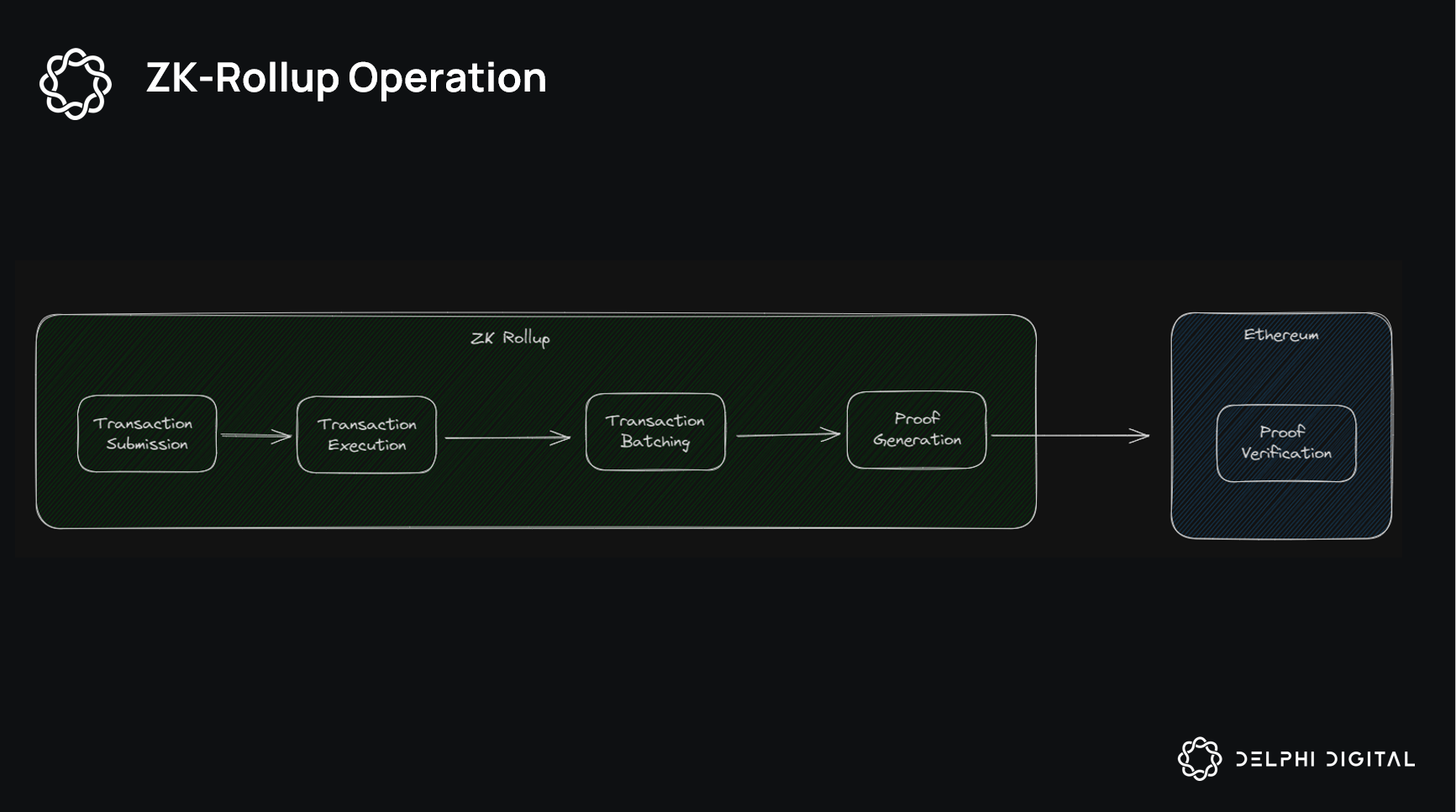
Sub-Second Transaction Finality: Ronin L2 rollups achieve block times between 100 to 200 milliseconds, enabling near-instant transaction confirmations and a seamless user experience—crucial for gaming and high-frequency dApps.
-
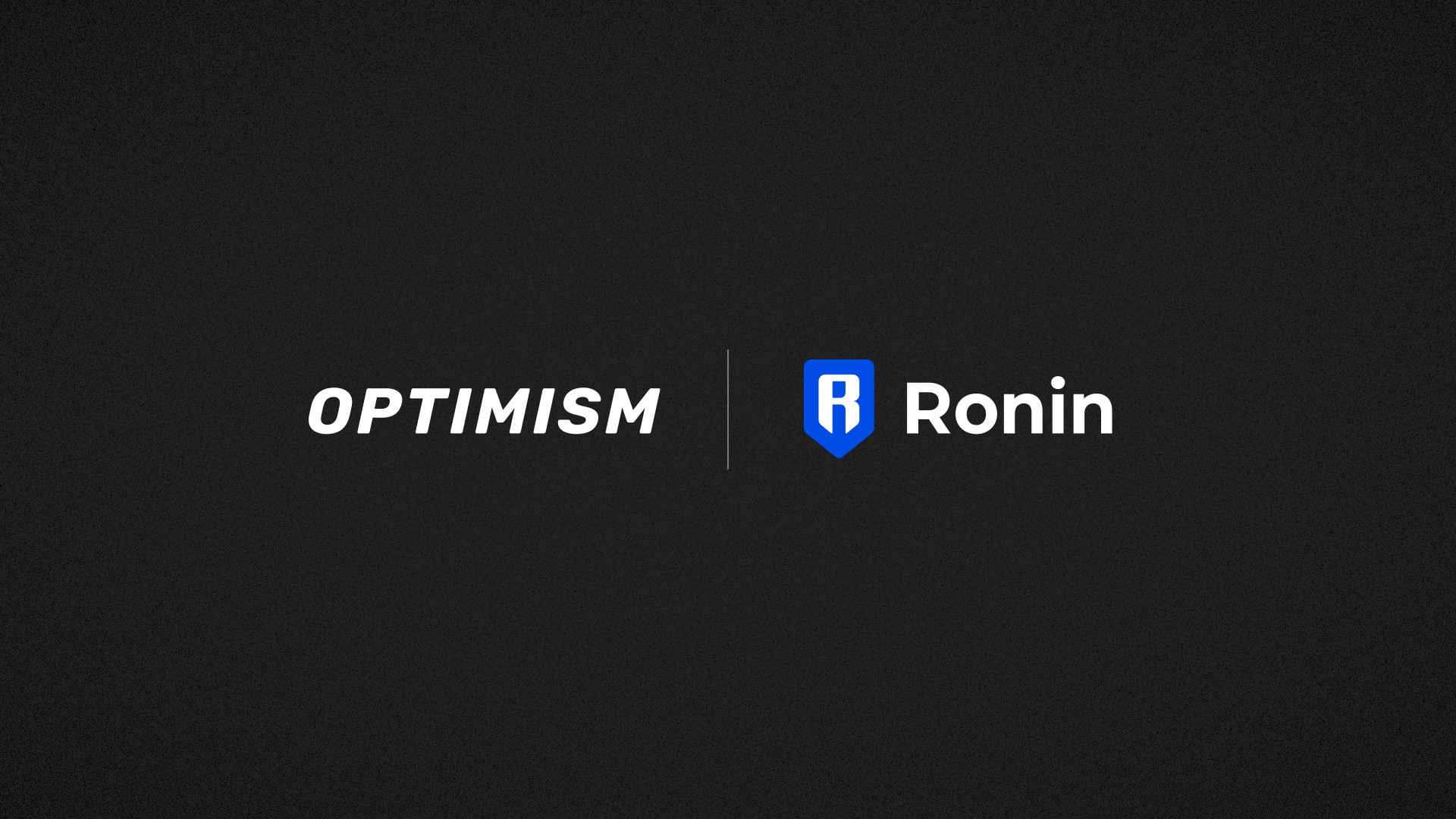
Enhanced Scalability: By leveraging the OP Stack, Ronin can process up to 1 million transactions per second, supporting large-scale games and decentralized applications without congestion.
-
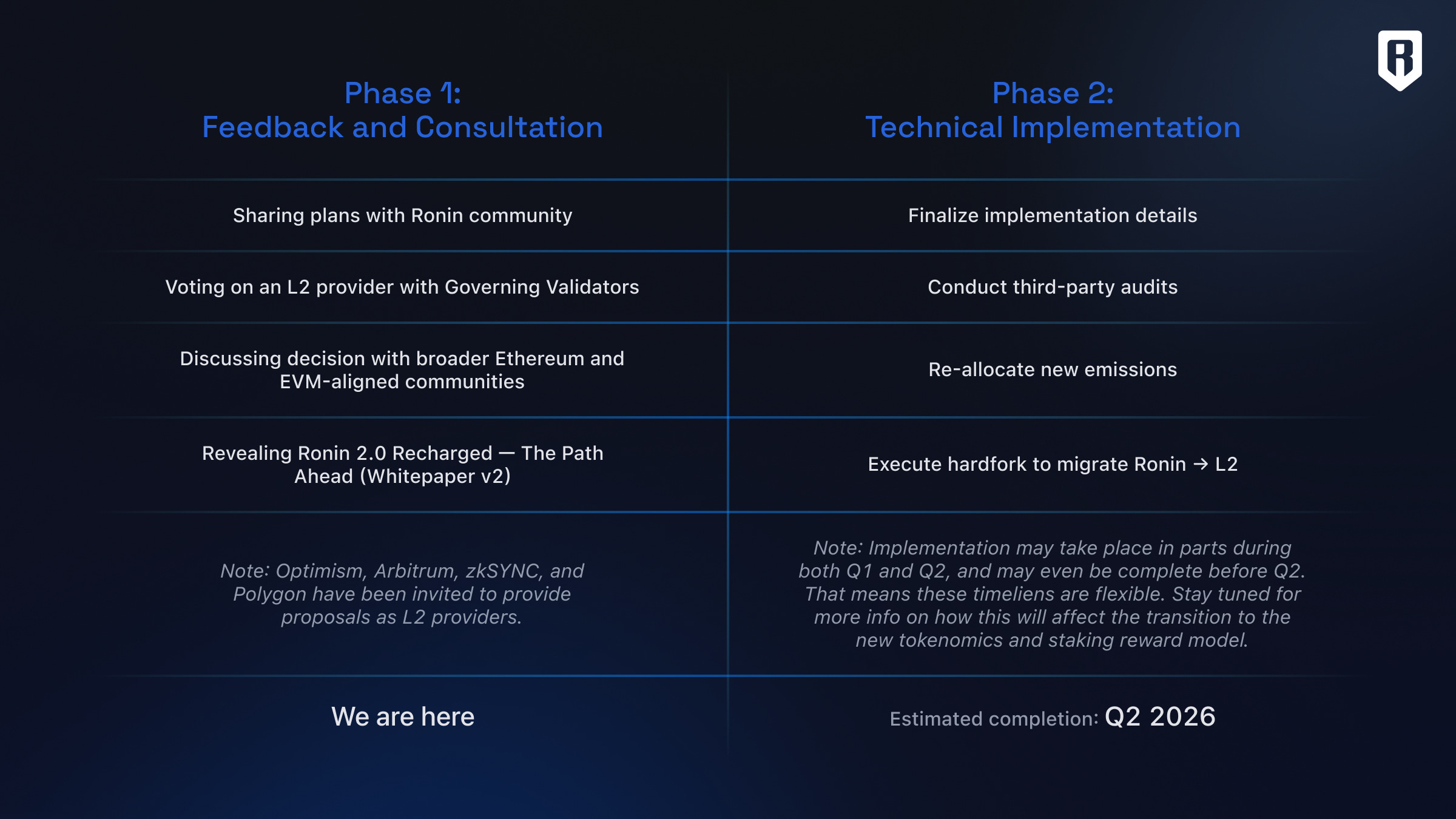
Lower Transaction Fees: The rollup architecture batches transactions off-chain and settles them on Ethereum, significantly reducing gas fees for users and developers compared to mainnet transactions.
-
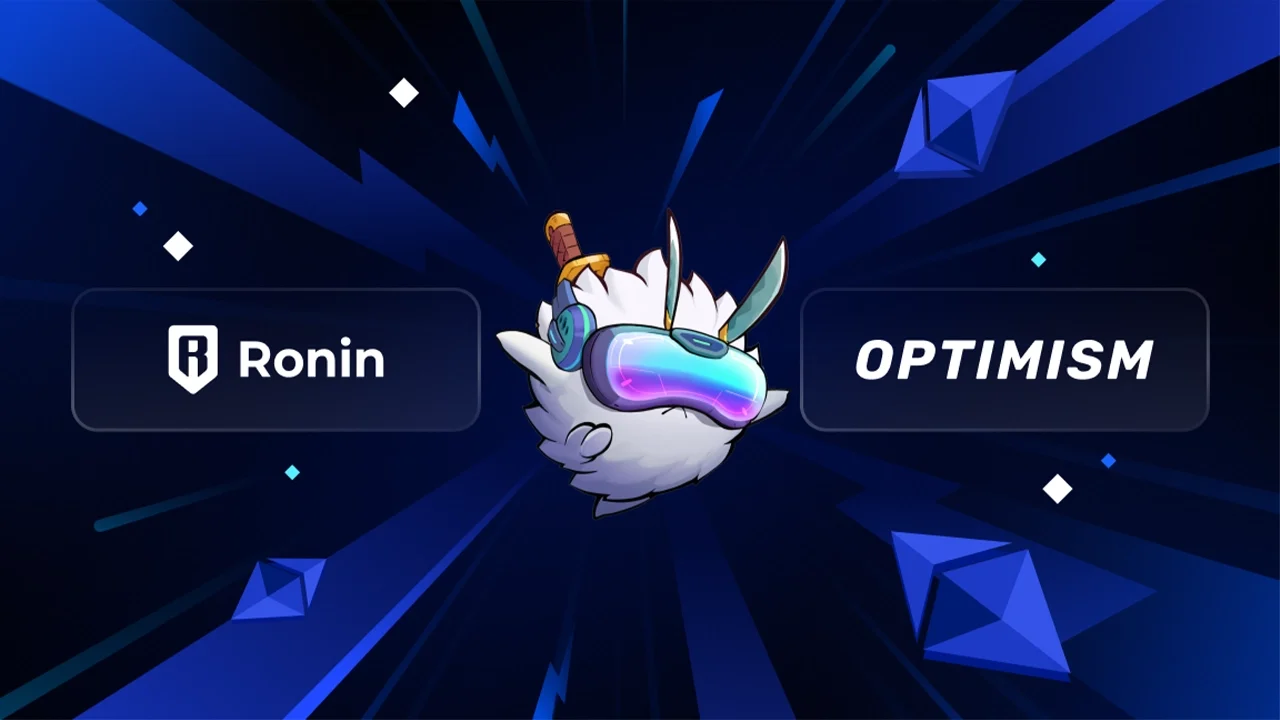
Inherited Ethereum Security: As an Ethereum-aligned L2, Ronin benefits from Ethereum’s robust security guarantees, offering greater protection against attacks than standalone sidechains.
-
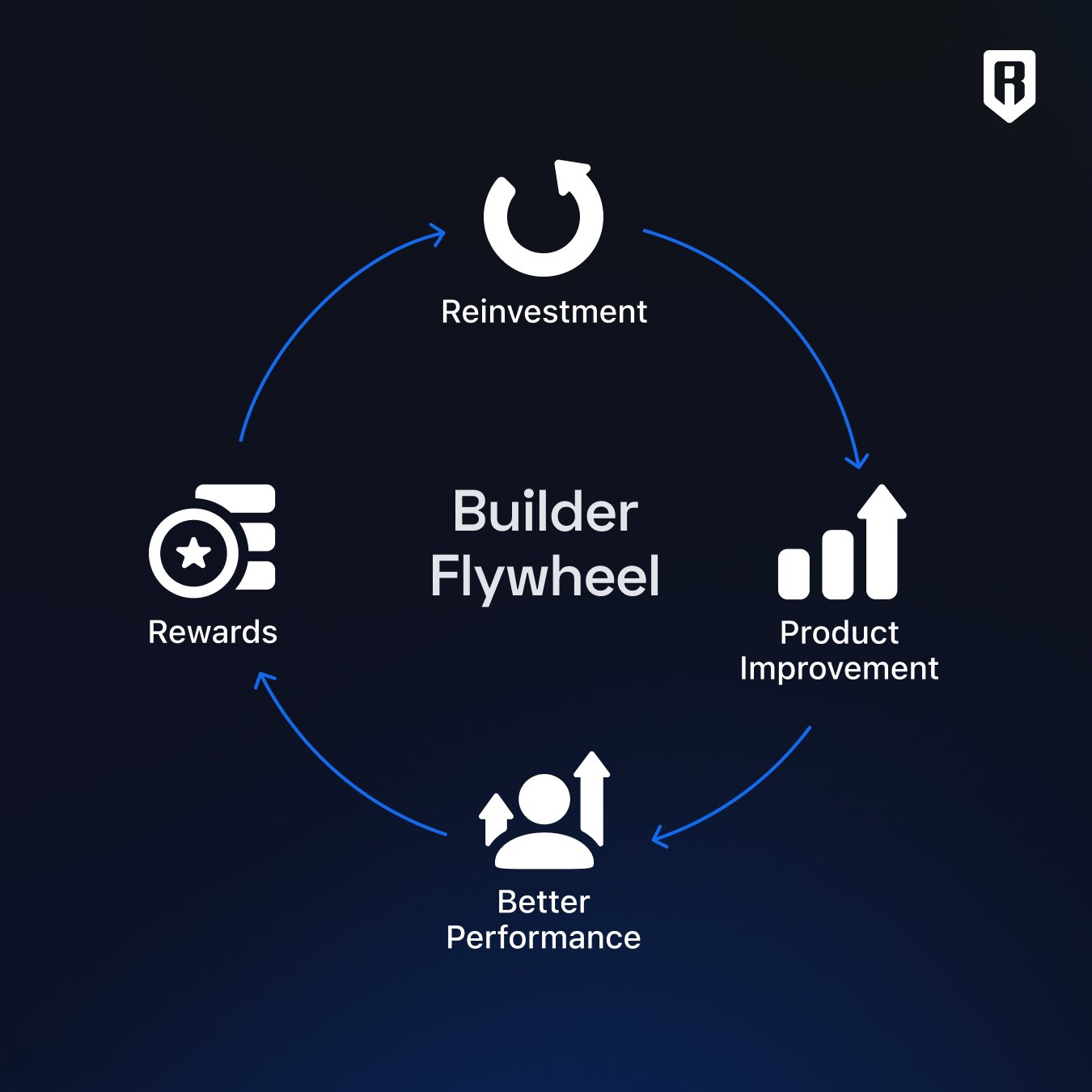
Innovative Proof-of-Distribution Incentives: Ronin’s Proof-of-Distribution model rewards long-term builders, aligning economic incentives with ecosystem growth and encouraging sustainable development.
-
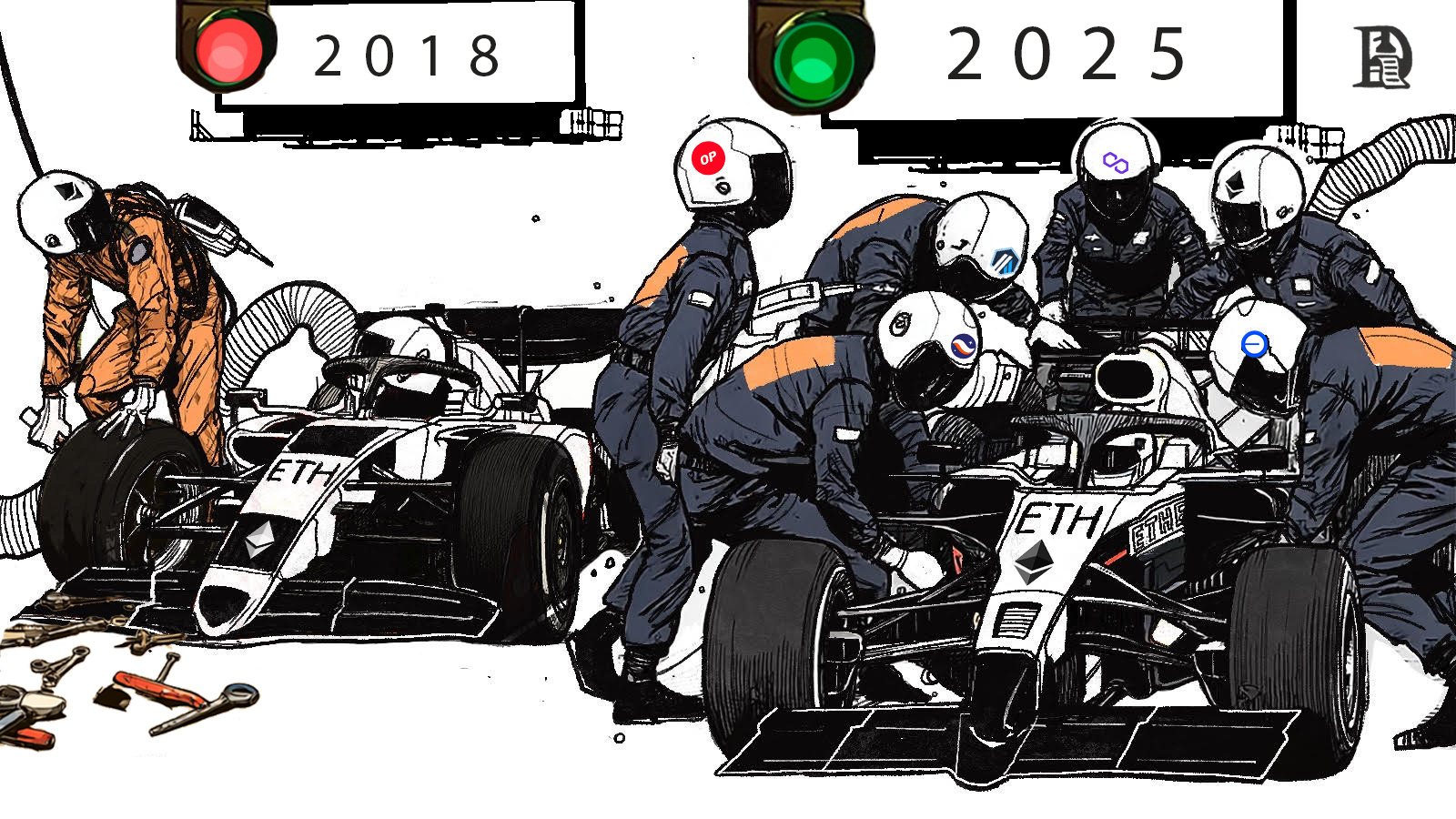
Improved Data Availability: By integrating solutions like EigenDA, Ronin ensures that transaction data remains accessible and verifiable, enhancing transparency and trust for users and developers.
-
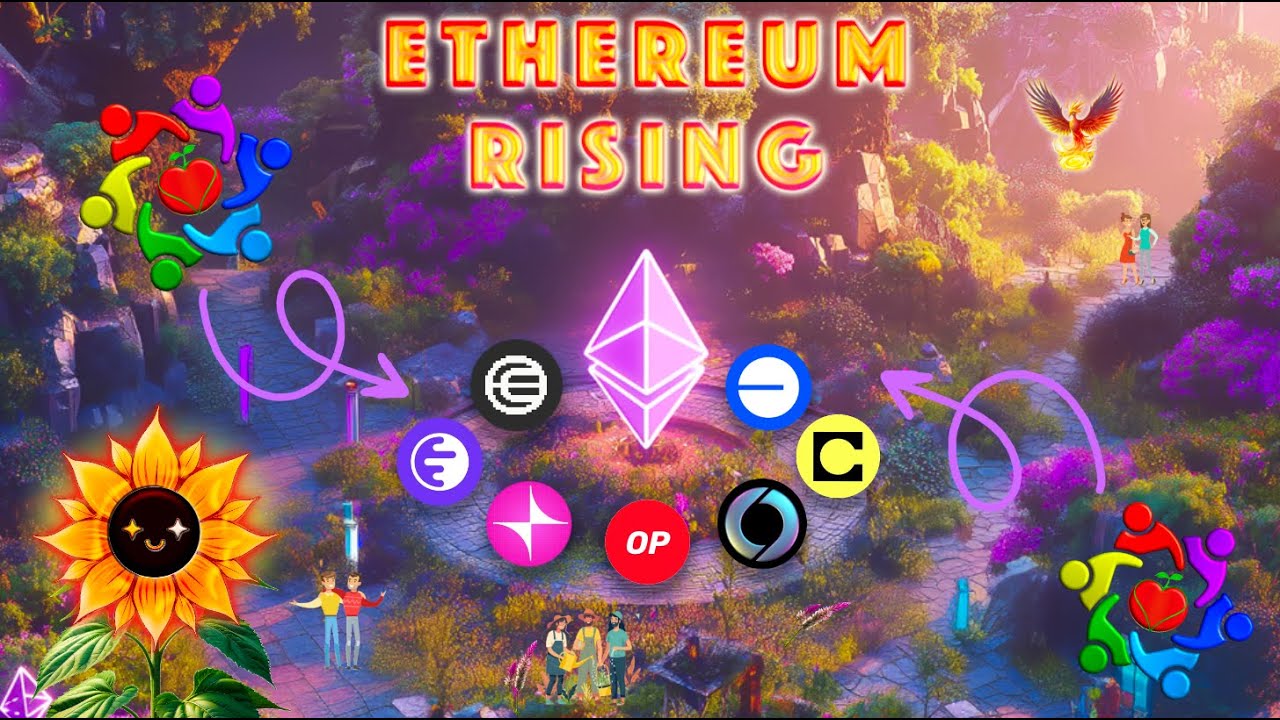
Broader Ecosystem Access: As part of Ethereum’s Superchain, Ronin users and developers gain interoperability with leading DeFi protocols and cross-chain utilities, expanding opportunities for innovation.
Security, however, remains a priority even as speed increases. By anchoring to Ethereum’s settlement layer, Ronin benefits from the same cryptographic assurances that underpin the world’s largest smart contract platform. This is further bolstered by its data availability integrations, which ensure that even as throughput scales, transparency and auditability are never sacrificed. For users, this means confidence that their assets and game items are as secure as any on Ethereum itself.
Interoperability is another area where Ronin’s new architecture shines. As part of Ethereum’s Superchain initiative, Ronin L2 rollups can more easily connect with other rollups and sidechains, enabling seamless asset flows and cross-chain composability. This is particularly important as the Web3 ecosystem becomes increasingly modular and interconnected, with users expecting frictionless movement of assets and data between platforms.
“For Ronin, the key consideration is not whether sub-second performance is achievable, but which stack’s approach to scalability, extensibility, and ecosystem incentives will win out. “
For those tracking market performance, the price of Ronin (RON) holding steady at $0.3797 signals a blend of stability and anticipation. As the ecosystem matures and more builders leverage the Proof-of-Distribution model, there is potential for further price appreciation driven by real utility rather than speculation alone. This shift toward rewarding long-term contributors over short-term actors is a notable departure from many L2 tokenomics models, and could set a precedent for other networks to follow.
For those curious about the technical specifics behind Ronin’s scalability breakthroughs, our deep dive on Ronin L2 data throughput explores how rollups solve the blockchain scalability trilemma in greater detail.
The Road Ahead for Ronin L2
As Ethereum L2 strategies continue to diverge, Ronin’s focus on sub-second finality and builder-centric rewards sets it apart in a crowded field. With the OP Stack at its core, data availability solutions like EigenDA, and an innovative Proof-of-Distribution model, Ronin is positioned to serve as the backbone for next-generation Web3 applications. The ecosystem’s evolution is closely watched by both developers and investors, especially as interoperability with the broader Ethereum Superchain becomes a reality.
Ultimately, Ronin’s transformation into a high-speed, secure, and developer-friendly rollup isn’t just an incremental upgrade – it’s a blueprint for what the next wave of blockchain adoption could look like. As the network continues to grow and evolve, expect to see more projects leverage its unique strengths to deliver experiences that were previously out of reach on legacy infrastructure.
